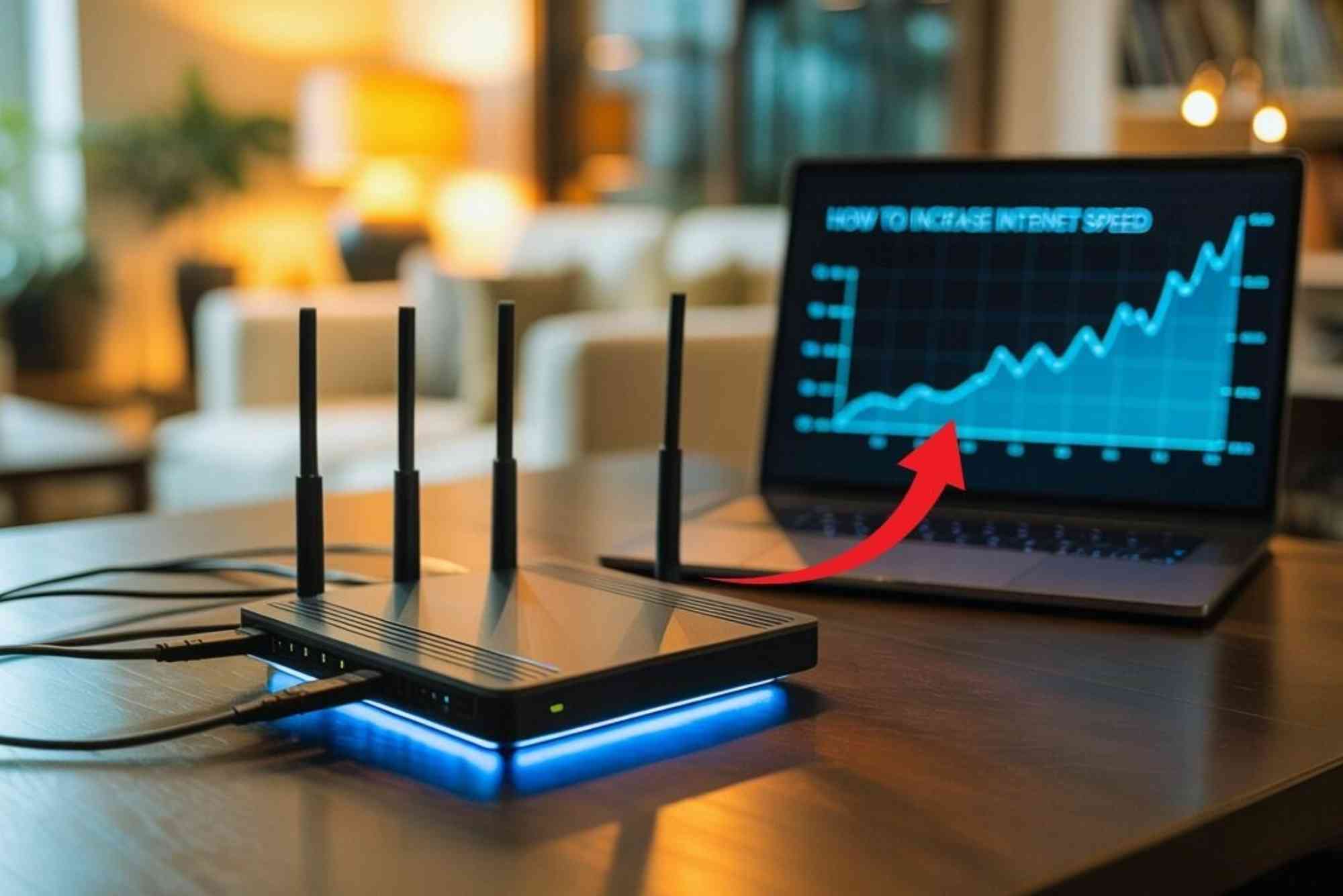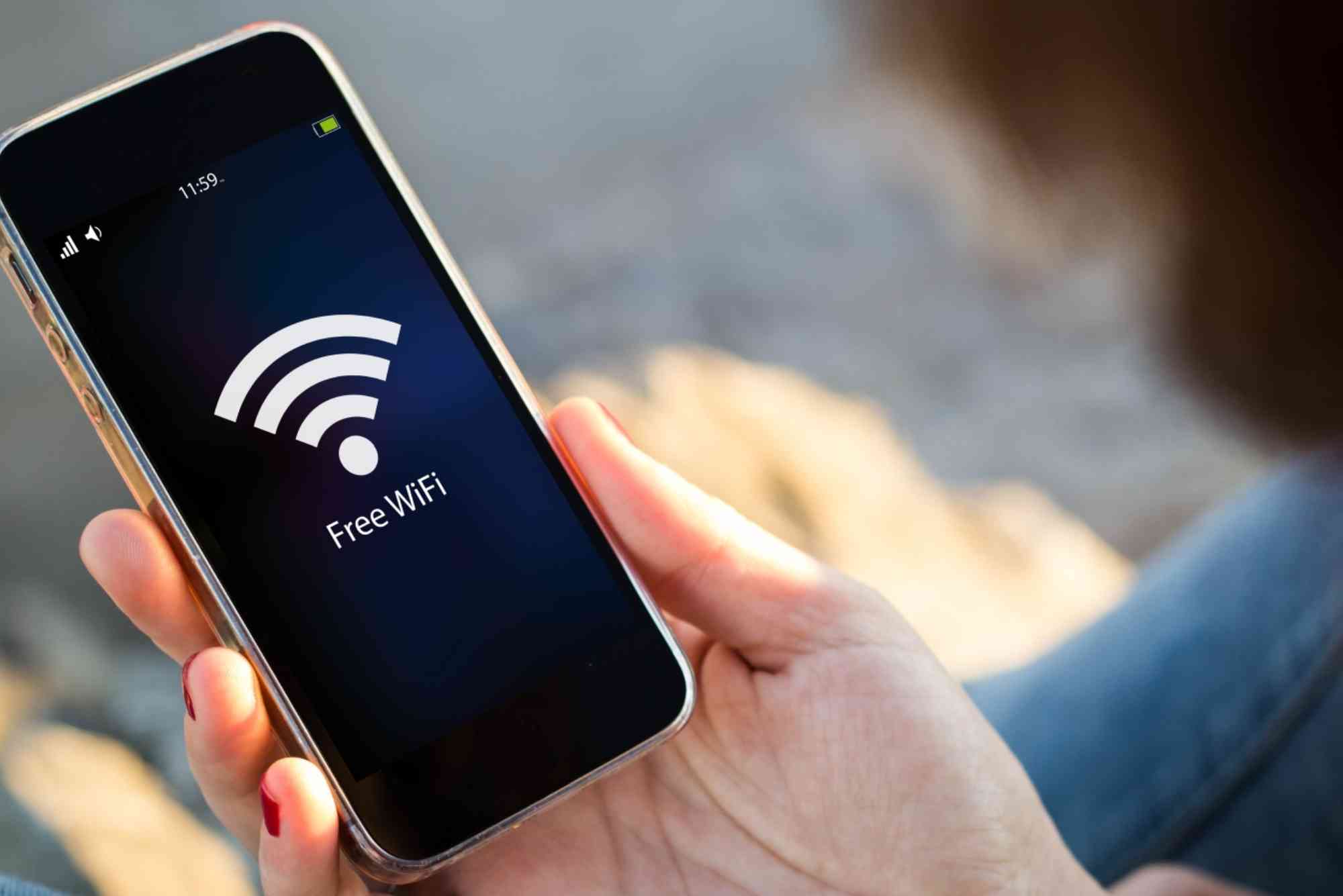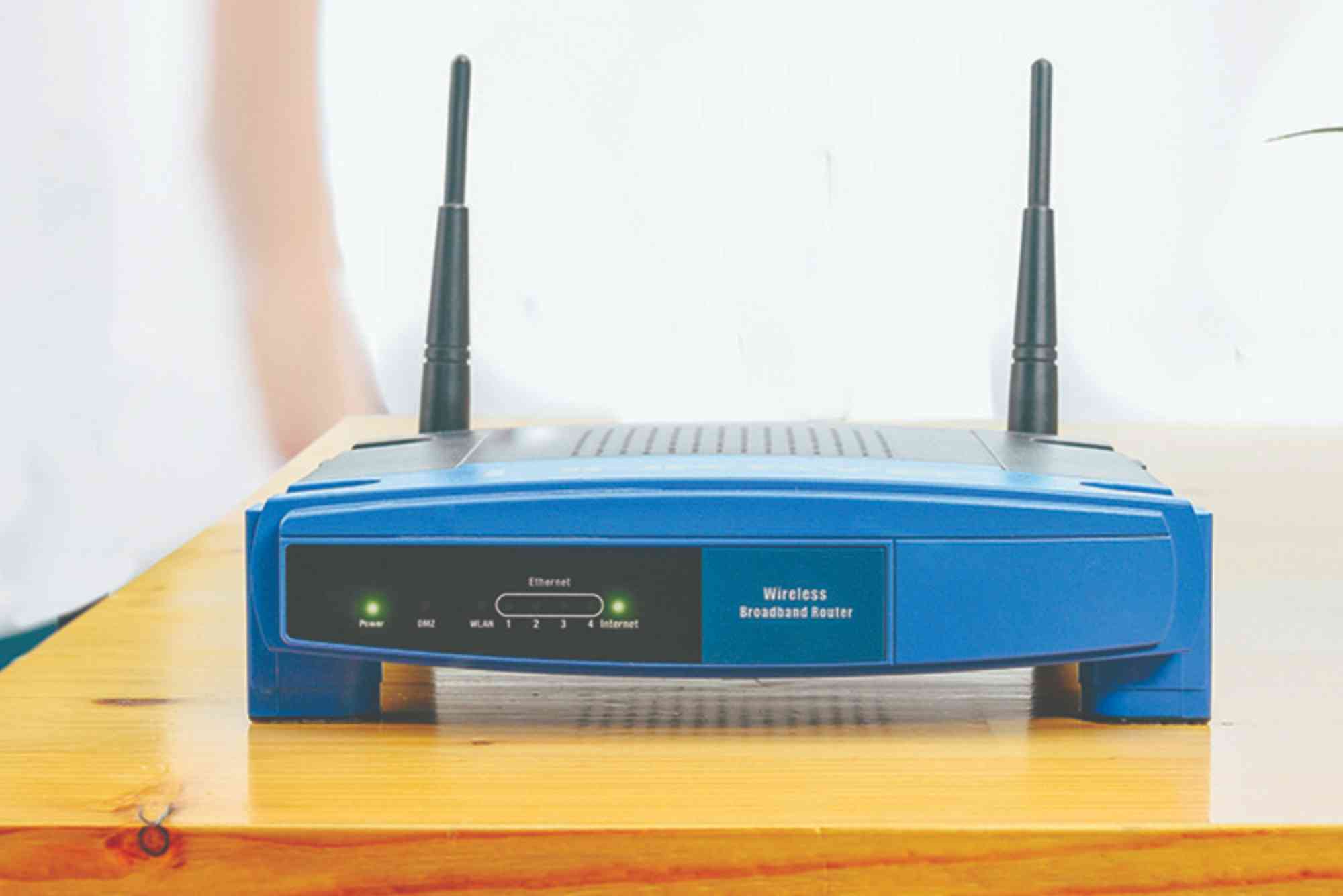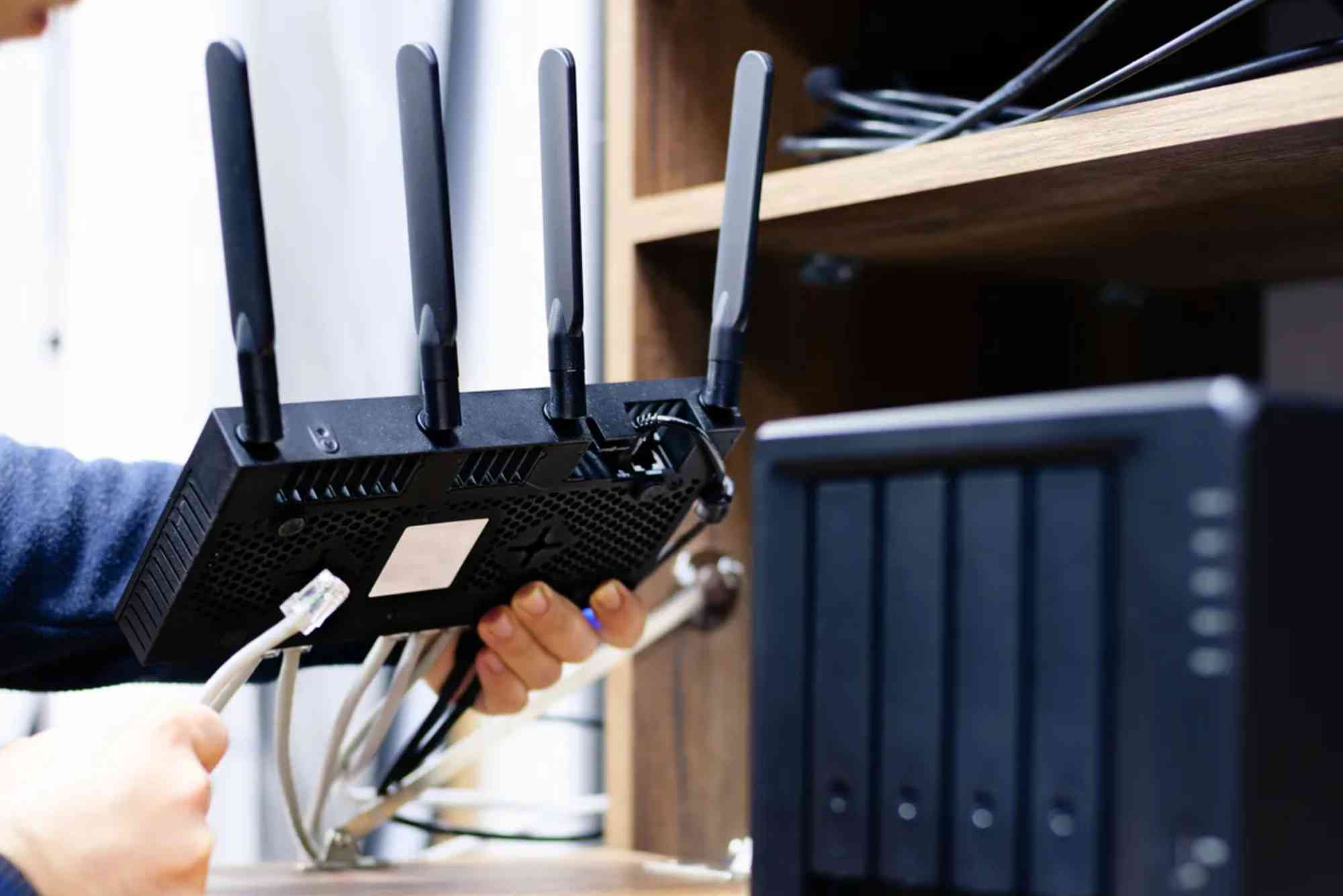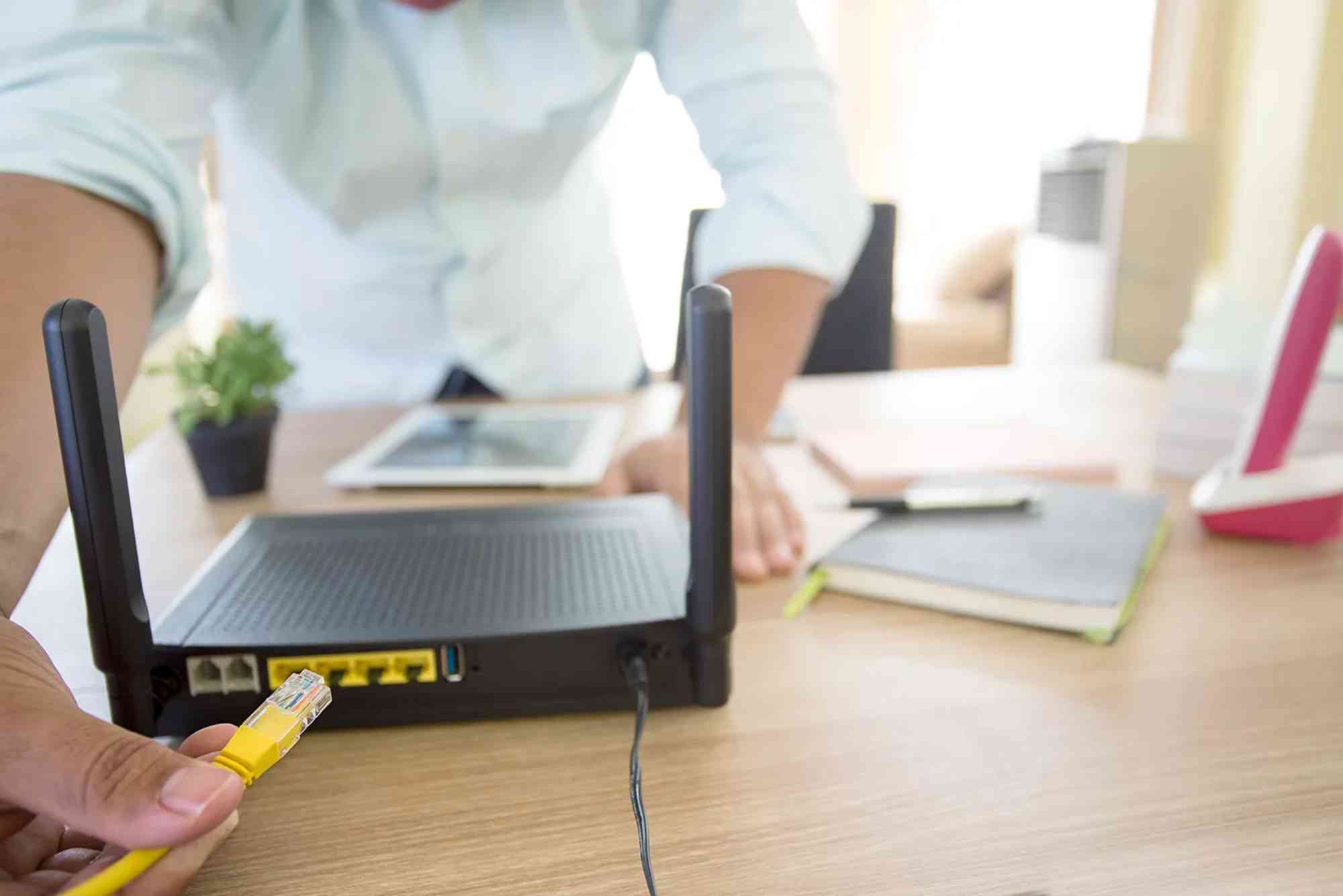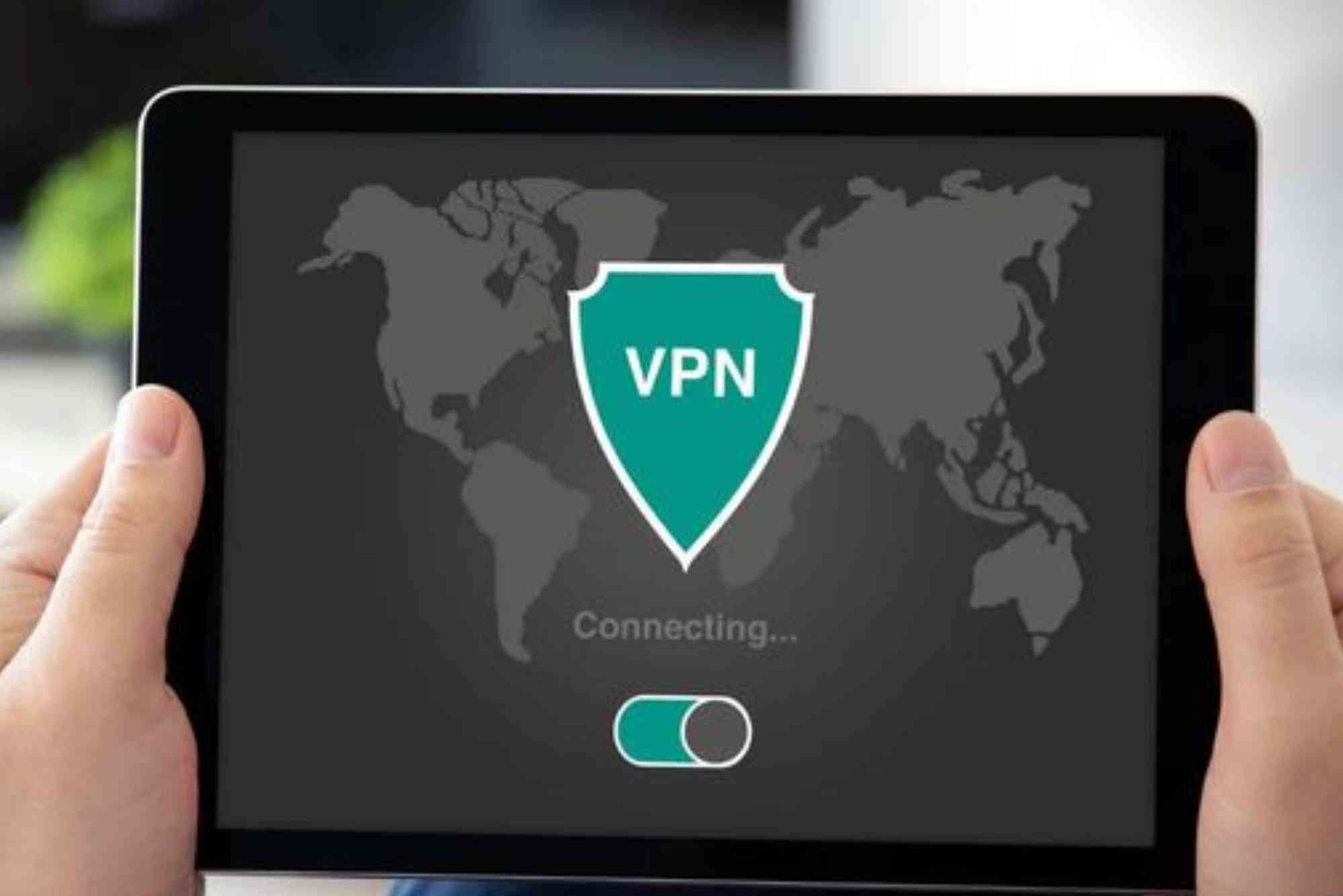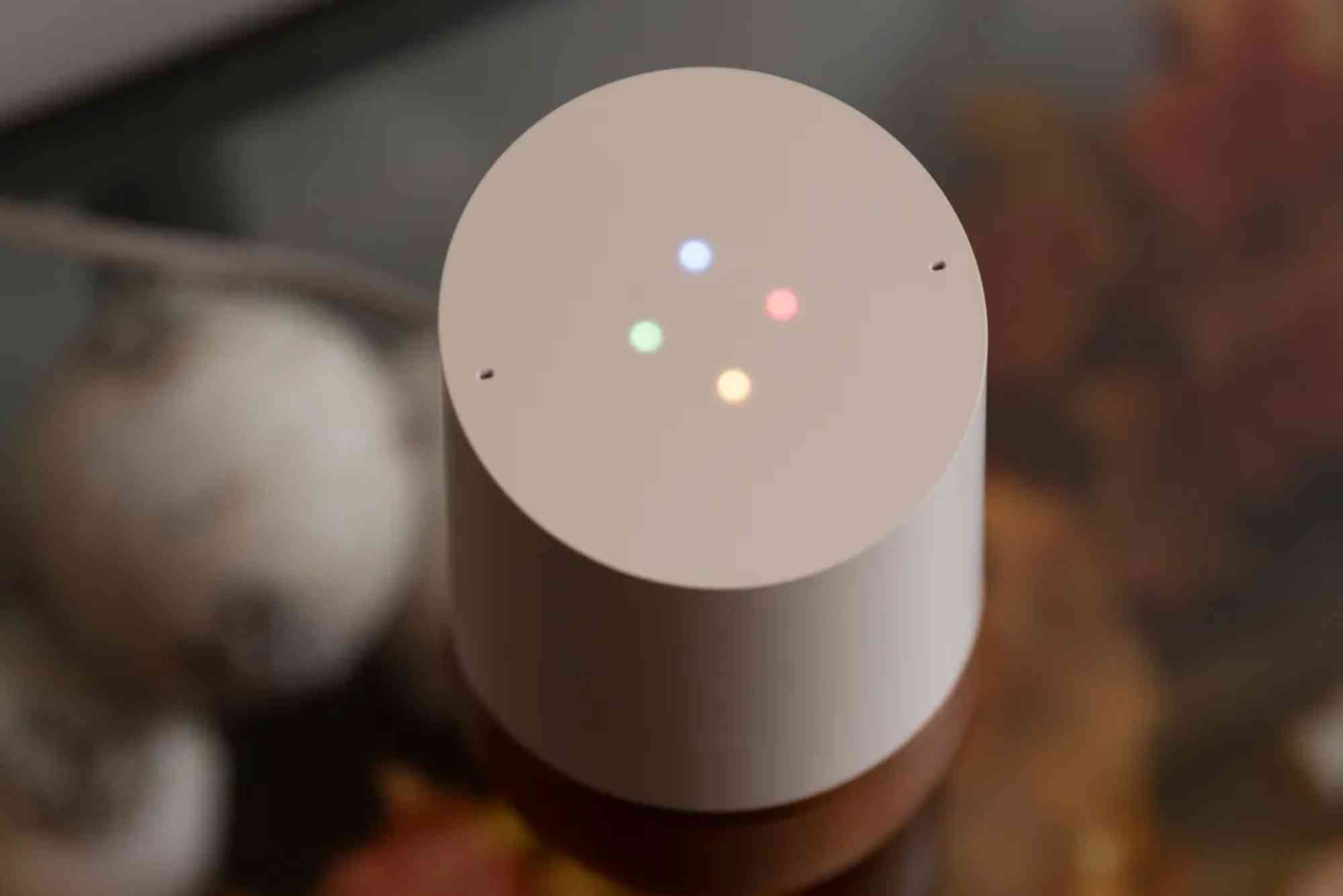Fiber Optic Internet Maintenance Tips
Fiber optic internet has become the gold standard for fast, reliable, and high-quality connectivity. Unlike traditional copper cables, fiber optics use light signals to transmit data, which means fewer interruptions and faster speeds. However, just like any other technology, your fiber optic connection needs care and attention. Understanding the basics of fiber optic internet maintenance can help extend the lifespan of your network, prevent costly issues, and ensure consistent performance.
In this guide, we’ll cover practical maintenance tips, expert advice, and FAQs to help you get the most out of your fiber optic internet.
Why Fiber Optic Internet Maintenance Matters
Proper maintenance of fiber optic internet isn’t just about speed—it’s about reliability. Without regular upkeep, issues like dust buildup, improper handling, or unnoticed cable damage can slow down your connection. A well-maintained fiber optic system ensures:
- Consistent high-speed internet
- Reduced downtime and technical issues
- Longer cable and equipment lifespan
- Cost savings on repairs and replacements
Essential Fiber Optic Internet Maintenance Tips
Handle Fiber Optic Cables with Care
Fiber optic cables are fragile and can break or lose efficiency if bent, twisted, or stretched. Always:
- Avoid sharp bends in cables.
- Use protective tubing for exposed areas.
- Do not pull on the cable when moving devices.
Keep Connectors and Ports Clean
Dust and debris are among the leading causes of poor signal transmission. For proper maintenance:
- Use a lint-free cleaning wipe or specialized fiber optic cleaning kit.
- Always cap unused connectors to prevent dust entry.
- Never touch the connector ends with bare fingers.
Monitor Internet Performance Regularly
A sudden drop in speed or frequent disconnections may signal fiber issues. Run periodic speed tests and monitor latency. Early detection of performance drops helps prevent major outages.
Protect Fiber Cables from Physical Damage
Fiber cables are thin and sensitive. To maintain stability:
- Keep cables away from pets and sharp objects.
- Avoid running cables under heavy furniture.
- Use wall mounts or conduits for long cable runs.
Inspect Equipment and Connections Periodically
Loose or damaged connectors can disrupt your internet. Schedule routine inspections:
- Check for cracks or visible damage in cables.
- Ensure connectors fit snugly.
- Replace damaged cables immediately.
Advanced Fiber Optic Internet Maintenance Practices
Use Proper Tools for Repairs
If a cable breaks, avoid DIY fixes with tape. Fiber optics need professional tools like fusion splicers or mechanical splices for effective repair.
Invest in High-Quality Cables and Hardware
Not all fiber optic products are created equal. Using cheap, low-quality cables may cause frequent issues. Investing in high-grade hardware ensures durability and long-term savings.
Implement Regular Network Testing
Network testing tools help identify weak spots. Using Optical Time Domain Reflectometers (OTDR) can detect bends, breaks, or signal losses inside the cable.
Schedule Professional Maintenance
Even with proper care, professional inspections ensure optimal performance. Expert technicians can run diagnostics, clean connectors, and replace worn-out parts.
Common Fiber Optic Issues and How to Avoid Them
Signal Loss
Often caused by dirty connectors or bent cables. Regular cleaning and careful cable management prevent this issue.
Broken or Cracked Cables
Fiber cables can crack under stress. Avoid stepping on them or forcing them into tight spaces.
Connector Damage
Improper handling damages connectors. Always use protective caps when cables are not in use.
Benefits of Proper Fiber Optic Internet Maintenance
- Stable Speeds: Prevents sudden slowdowns.
- Longer Equipment Life: Reduces wear and tear.
- Fewer Repairs: Saves money on costly fixes.
- Reliable Connection: Essential for remote work, gaming, or streaming.
Fiber Optic Internet Maintenance: Best Practices for Homes and Businesses
For Homes
- Keep cables tucked away from kids and pets.
- Clean devices and connectors monthly.
- Report issues to your ISP immediately.
For Businesses
- Schedule quarterly inspections.
- Use professional-grade cleaning tools.
- Partner with a trusted provider like Dhanote Internet Services for reliable support.
FAQs
How often should fiber optic cables be cleaned?
Cables and connectors should be inspected and cleaned at least once every three months, or more often in dusty environments.
Can fiber optic cables wear out?
Yes, although they last longer than copper, fiber optic cables can still degrade over time due to bending, stress, or environmental factors.
What tools are used for fiber optic maintenance?
Technicians use OTDR testers, fusion splicers, cleaning kits, and protective caps for proper maintenance.
Does fiber optic internet require more maintenance than cable internet?
No, fiber optic systems generally need less maintenance than copper-based systems. However, when issues occur, they require specialized tools to fix.
Who should perform fiber optic maintenance?
While basic cleaning can be done at home, major repairs and diagnostics should be handled by professionals.
Fiber optic internet offers unmatched speed and reliability, but consistent care is essential to enjoy its benefits long-term. From careful handling to regular cleaning and professional inspections, these fiber optic internet maintenance tips ensure your connection stays fast and reliable.

